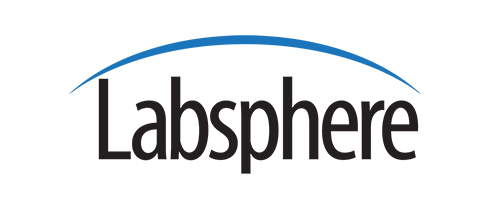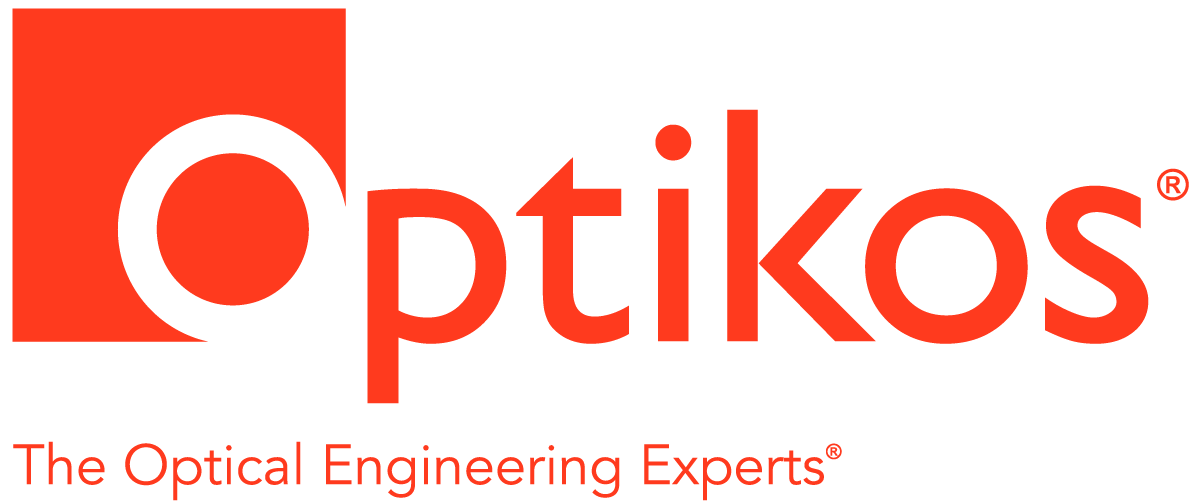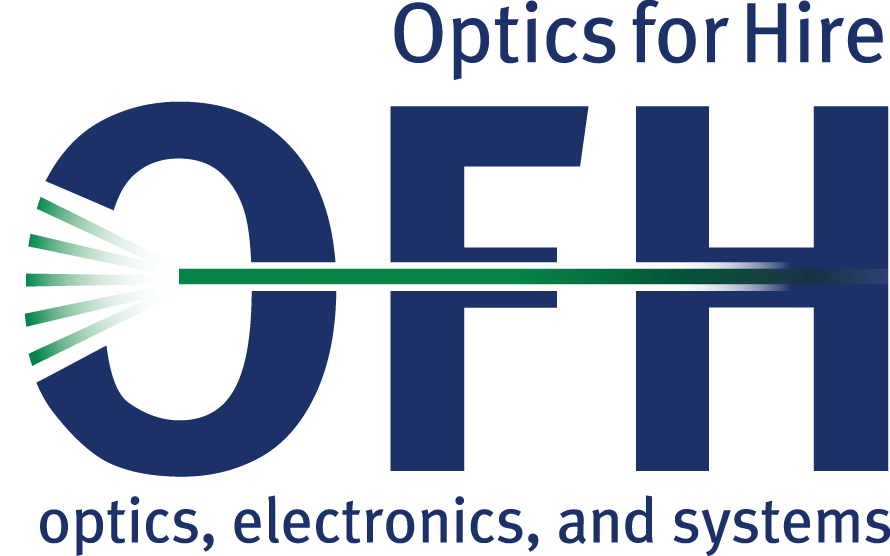April 20, 2017 - Saikat Guha
 |
Location: | MIT Lincoln Laboratory, 3 Forbes Road, Lexington, MA 02420 |
| Dinner Reservation Deadline: | April 17, 2017 @ 6pm |
Quantum limits of optical imaging
Joint Meeting with Boston Chapter, IEEE Photonics Society and Boston IEEE AESS (Aerospace and Electronic Systems Society)
The fundamental limits of optical information processing — be it the maximum rate of reliable communications, resolution of an optical imager, or the computational power of an optical computer — are ultimately governed by the laws of quantum mechanics. Most conventional systems, which do not exploit the manifestly quantum effects of light, are limited to performance inferior to these limits. In this talk, I will discuss a few simple illustrative problems in active and passive optical imaging, where exploiting quantum effects — either by using quantum illumination of the scene, or by employing non-standard all-optical pre-detection processing locally at the receiver (or both) — can yield improved performance over a classical imager that uses the same transmit power and optical bandwidth. I will discuss general characteristics of imaging scenarios where quantum improvements can be expected to be had, and the respective natures of enhancements in imaging performance. I will conclude with some theoretical open problems and photonic-device challenges that will need addressing to realize the aforesaid enhancements.



